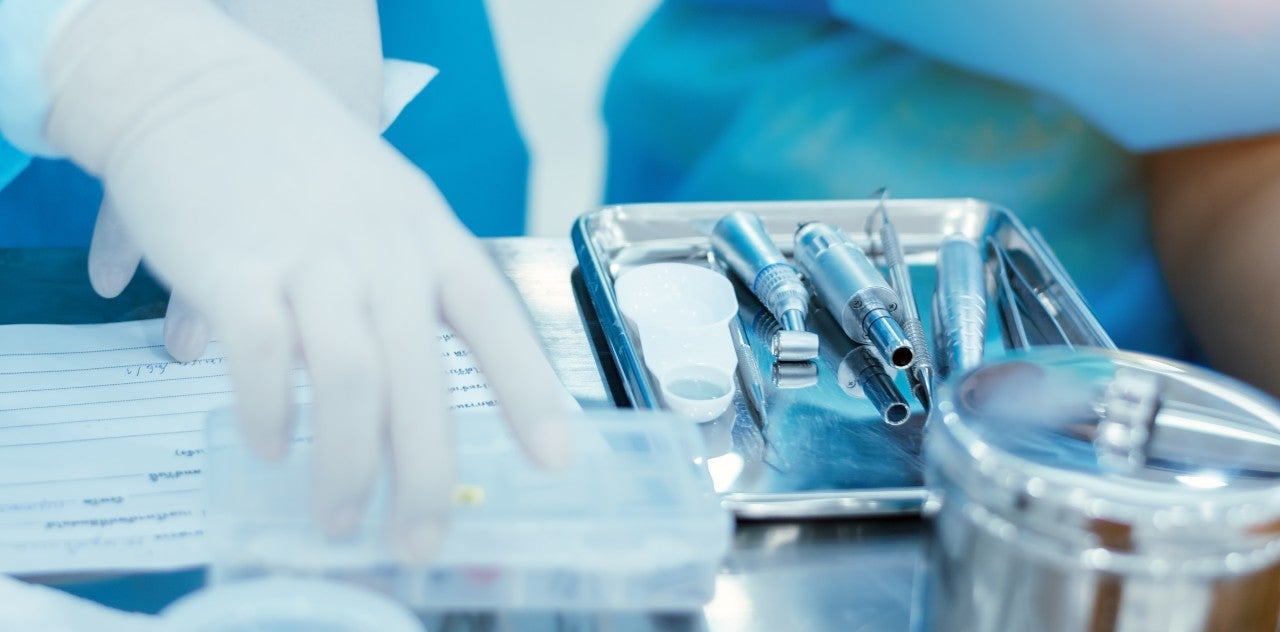
On 5 May 2017, the European Union (EU) published its Medical Device Regulation (MDR) and In Vitro Diagnostic Regulation (IVDR), setting new standards for companies marketing their products in the region. Perhaps a more memorable date for the industry, though, is 26 May 2021: the day the regulation was enforced for Class III devices.
Over the past few years, MDR’s impending enforcement caused upheaval in an industry that had significantly underestimated the project’s size. “The biggest challenge whenever these regulations change is that companies don’t know the scale of the task,” says Bob Tilling, vice president of global sales at Kallik, the developers of an end-to-end label management solution.
The legislation called for new content in label design, including the addition of unique device identification (UDI) information and an ‘MD’ symbol. This demanded redesigns of thousands of labels for each company, and while some organisations can say they made the changes on time, many others are still not there.
Those that did manage to meet the deadline typically did so with little time to spare. “One company needed to change 90,000 labels and 3,500 Instructions For Use (IFUs)”, says Tilling. Despite starting their project two years ago, they only managed to finish one week before enforcement. Had the deadline been a year earlier as originally planned, Tilling says they “never would have made it”.
Extending the deadline
Relief was no doubt felt by every company last May when the EU announced it would delay enforcement by a year due to Covid-19. But judging by the industry’s struggle to meet the revised deadline, it still wasn’t long enough.
“It bought them time, but not enough,” says Tilling. “Over the last three months, Kallik has worked with two clients who are way behind where they should be with MDR projects. They started some time ago but realised they didn’t have the capacity, resources, and technology to deliver on time. The deadline has already gone and they estimate it’s going to take them another 12 to 18 months to finish.”
Device companies were up against many challenges, the sheer scale of the project being the first. “The next challenge,” adds Tilling, “is you need a detailed understanding of the rules and regulations. You also need new content. For MDR, the new ‘MD’ symbol wasn’t available at the start of anybody’s MDR project. In fact, it was only available a year into the project on the deadline that the changes were first supposed to be completed by.”
Furthermore, updating labels can be a time-consuming and overly complicated task, and inefficient systems are often at fault. “Labels tend to be designed locally as required. There’s often no central database or repository and no central reporting system,” notes Tilling.
A wake-up call
The industry may be climbing the first hurdle, but it is nowhere near completing the race. The second class of medical devices will have to meet a deadline set for 2023, which Tilling believes will be a struggle. “There are far more Class II devices and far more companies, so the second part is even more onerous,” he explains. In addition, the implementation of UKCA markings for devices distributed in post-Brexit UK comes into effect next January.
To better prepare for these future changes, the industry should initially look back at the lessons learned during the first phase. Tilling advises Class II companies to start sourcing and uploading the new content now.
Many companies have also seen the need for better label management systems. A centralised platform like Veraciti, for example, stores and manages labelling content on the Cloud. While the medical device industry has previously been reluctant towards Cloud systems, the last year of remote working has demonstrated their value and uptake is rapidly increasing.
With Veraciti, Kallik has helped customers discover a system that is much more efficient than their previous methods. “If you think about the company with 90,000 labels, they’d probably need to look in 1,000 different places to find those labels. In Veraciti, they would all have been available in real-time; you click a button and it comes back within minutes with a report that gives you the scale of the task. Changing 90,000 labels is still a big job,” he admits, “but with Veraciti there’s automation to update them. So not only does it save time and cost, it takes the human element away and changes the labels correctly the first time.”
Traditionally, businesses have found it difficult to control content. They often have multiple versions of the same label components located across various databases and emails, making it difficult to find, approve, and use the right one. For Kallik, it’s all about making sure companies have one source of truth.
When the next wave of regulatory change arrives, one advance can be made in the adoption of a centralised platform that has the capability to automatically update thousands of labels. It’s time for device companies to better equip themselves for such changes, and a platform like Veraciti is the tool they need to update their labels quickly, efficiently, and correctly.


